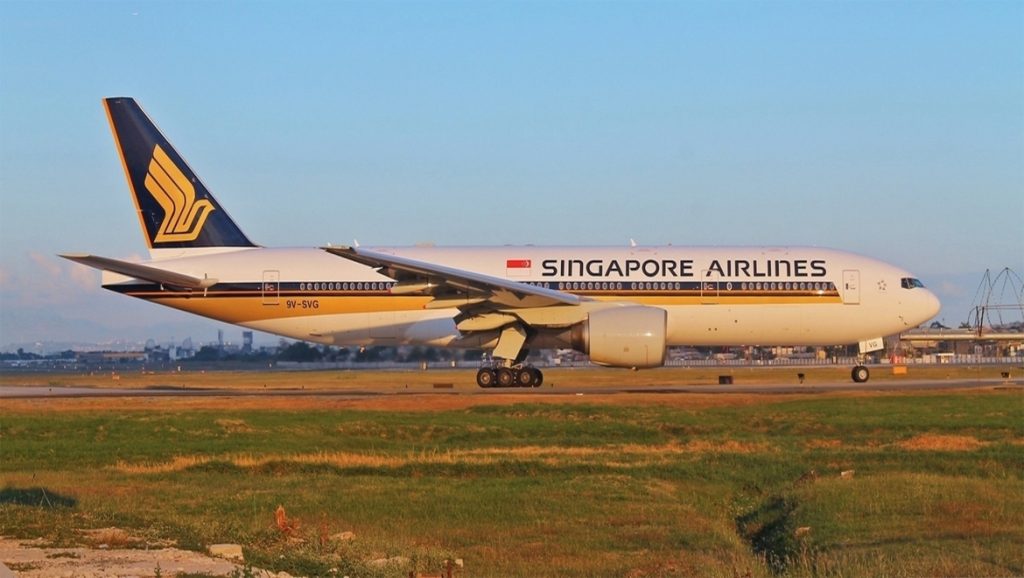
Usually, airlines are more concerned with transit hubs, however, the COVID-19 pandemic has brought the need of a different type of hub to the forefront – storage hubs.
With airlines worldwide grounding either all or most of their aircraft, there is a need to move them to both short-term storage locations such as unused terminals or airports but also options for longer-term storage for larger aircraft that may not see service for months as travel recovers.
For many airlines, the Airbus A380 was first on the chopping block. Now, as the COVID-19 pandemic drags on, airlines are moving their grounded aircraft into long-term storage.
Just last week, four Singapore Airline A380s were tracked flying to central Australia. Departing Singapore Changi (SIN), their destination was Alice Springs Airport (ASP). The actual flight time for the aircraft was just over five hours. The aircraft range between just three and eight years of age.
Alice Springs lies in the arid Australian outback and provides the perfect location to store unused aircraft. This region and its climate are consistently dry with very little rain, no storms, and relatively low humidity. Humidity is the main concern as its presence will bring about corrosion for aircraft components.
While the temperature here has been known to reach some extremes, the electronics onboard the aircraft should not be negatively affected. In fact, it is currently autumn in the southern hemisphere. As we veer into the Australian winter, we’ll see milder temperatures in the mid to low teens for the next four or five months. Extreme heat won’t be a problem in the short term.
Alice Springs is already hosting three of Singapore Airlines’ Boeing 777-200ERs as well as two Scoot Airbus A320s. Furthermore, SilkAir’s fleet of six Boeing 737 MAX 8 aircraft has been at ASP for more than six months.
There are other locations that are becoming hubs for the long-term storage of aircraft including the US south-west and Spain’s Teruel Airport.
In California and Arizona, you will find several sites for aircraft storage in the American southwest. Sites include Pinal Airpark and Kingman Municipal Airport in Arizona. In California, you’ll find the Southern California Logistics Airport (SCLA) and the Mojave Air & Space Port.
By far one of the largest facilities for aircraft parking and storage is Pinal Airpark, a county-owned, public-use airport located in Marana, north-west of Tuscon, Arizona. Its primary function serves as a boneyard for civilian aircraft. Here, there is a capacity for 400 aircraft.
For European airlines, Spain’s Teruel Airport is a storage and recycling facility for airliners and also supports maintenance and servicing operations and can handle 250 large aircraft.
Currently confirmed aircraft stored at Teruel include Air France include A380s (these may or may not be fully retired), Austrian’s retired A340s, Lufthansa’s retired A340 fleet, KLM’s retired 747s and British Airways’ 747s (the airline’s A380s are parked in Chateauroux).
Stored aircraft require a whole range of tasks that need to be done to properly and safely store an aircraft, including:
- Openings that are vulnerable to sand, dirt, water, birds, and insects, are wrapped up and made watertight. This includes engines and air data collectors, including pitot, static, temperature, angle of attack sensors, as well as engine intakes and exhausts, and APU intakes and exhausts;
- Aircraft interiors, including seats and inflight entertainment equipment, must also be covered, protected from the elements;
- Potable water systems and aircraft fuel tanks are preserved;
- Engine and APU systems are protected;
- Greasing, cleaning, and preserving the landing gear and flight control systems; and
- All cockpit switches are turned off. Batteries are disconnected, window blinds are lowered.










